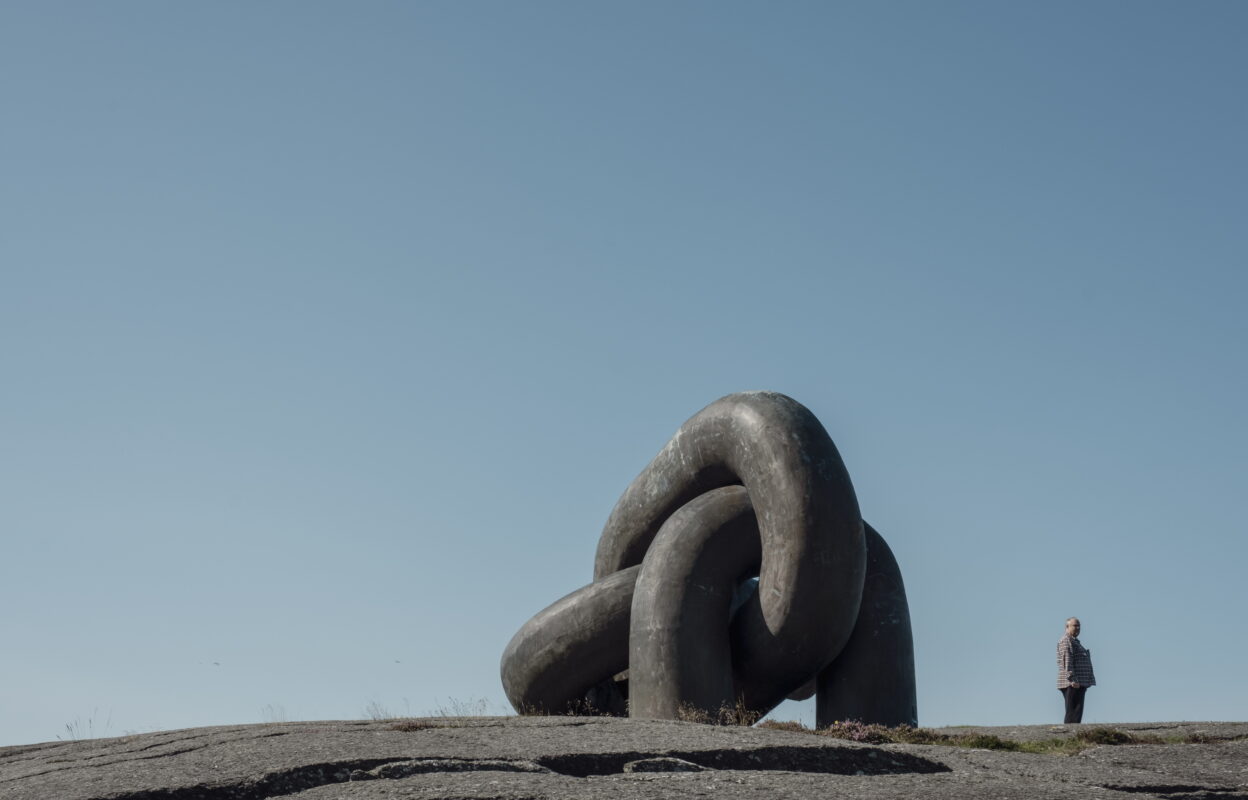Support for those who lost loved ones

The Alexander L. Kielland disaster undoubtedly contributed to safer workplaces, yet the follow-up of the next of kin was not placed on the political agenda to the same extent as questions regarding Health, Safety, and Environment (HSE) issues in the workplace. The Office of the Auditor General, assigned by the Parliament to investigate if the authorities had adequately handled the Alexander L. Kielland accident, concluded that the survivors and the bereaved received inadequate follow-up.
Financial Realities
Immediately after the disaster, survivors and bereaved families were presented with a compensation offer from the petroleum companies Phillips Petroleum and Stavanger Drilling. The offer entailed that each widow could receive up to 1 million kroner in compensation, while each child under 20 was allocated 50,000 kroner. Those who accepted the offer were promised the full amount within a week, but they had to simultaneously sign a liability disclaimer. This essentially meant they could not file lawsuits against Phillips Petroleum and Stavanger Drilling in the future.
Labour unions encouraged their members to accept the deal. After various deductions, each widow was left with approximately NOK 800,000. The quick settlement was welcome for many, and the compensation was good by the standards of the time. As an example, a widow in the Memory Bank about the Alexander L. Kielland accident says that her house cost NOK 300,000, which was less than half the amount she received in compensation. Although many considered this a favourable deal, rumours of the “rich Kielland widows” were exaggerated.
In families where the mothers had been housewives, the loss of the main breadwinner had clear financial consequences. Stories in the Memory Bank also describe those who struggled financially after the accident, as well as children who never experienced holidays or got new bicycles growing up. At the time, it was not a given that mothers and children would receive compensation if their parents were divorced or did not have an official marital status.
Legal Battles
For those who did not accept the offer or did not fit into the collective compensation agreement, a fight for justice began. This was especially true for foreign nationals and those with more complex cases. A few also chose to take the case to the USA.
According to maritime law, parties who may face claims after a maritime disaster can undergo a “limitation of liability” process. This establishes a legal upper limit for potential compensation claims. Following the accident, several survivors and bereaved were sued by the rig owner, Stavanger Drilling, and the operator, Phillips Petroleum. The limitation of liability proceedings was handled individually over several years, adding extra strain to those involved.
An example of this is Wayne, who was only 4 years old when his father, Keith Hunter, perished on the Kielland. Because his parents were not married at the time of the accident, his mother had no claim to compensation. Lawyers even argued that her son had no rights to anything. Wayne has vague memories of being in court in Stavanger. Eventually, he received approximately the same amount as the other children, but the funds could not be accessed by his mother. One of the conditions for the compensation was that the money should be deposited in a fund until the children turned 18. Consequently, Wayne’s mother could not support her son. He was taken care of by his grandparents, or as he says himself: “I lost both my father and mother in the Kielland accident.”
The Emotional Impact
In 1980, many believed that children should be shielded from painful experiences. Therefore, many of them were not involved in what happened. They listened in secret when adults talked. Some received the news of their father’s death through stories from better-informed classmates. They cried when alone so that their mothers would not become even sadder.
Nicola Hunter, Wayne’s half-sister, turned 9 the day after the accident. She received a birthday card from her father sent to her from Kielland prior to the accident. He never came home again, and his body was never recovered. Similar to several other Kielland children, Nicola created stories that her father was still alive somewhere far away, where he had started a new family and did not find his way back home.
Nicola expresses it like this:
“I’ve never talked about it.
Nobody talked to me about it.
There were no places to go to show respect.
I still find it hard to believe that he’s gone.”
It is Not Too Late
It is not too late. The work with the Documentation Project at the Norwegian Petroleum Museum and other Kielland projects has led to connections between those involved in the Kielland accident, even across borders. Many express that meeting others in similar situations is profoundly meaningful. Even after more than 40 years, it might be more crucial than ever to remember the accident. What went wrong must not happen again. This applies not only to workplace safety, but also to the need for follow-up of children who lose a provider.
Sources:
Skedsmo, Knut (1982). Compensation Settlement after the “Alexander L. Kielland” Accident. Institute of Private Law at the University of Oslo. https://www.nb.no/items/URN:NBN:no-nb_digibok_2016030309524?page=0
Further reading:
Case documents from the Stavanger District Court where the limitation of actions lawsuit against the relatives is being handled on August 26, 1980. https://media.digitalarkivet.no/view/90940/534
arrow_backFirst righting attemptWas the crack known before the accident?arrow_forward